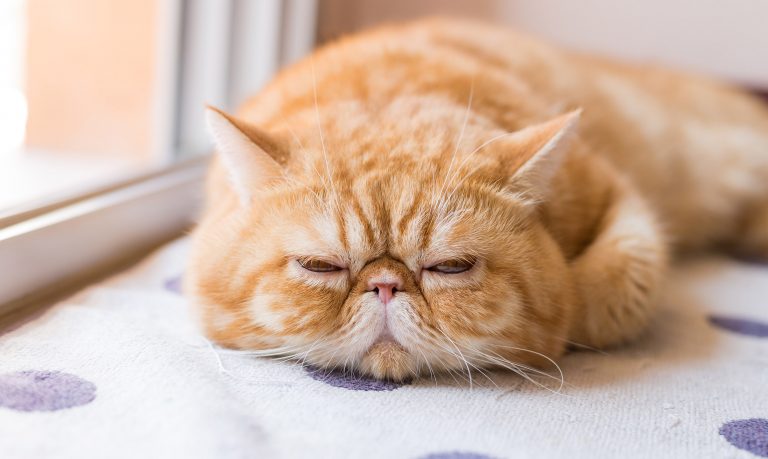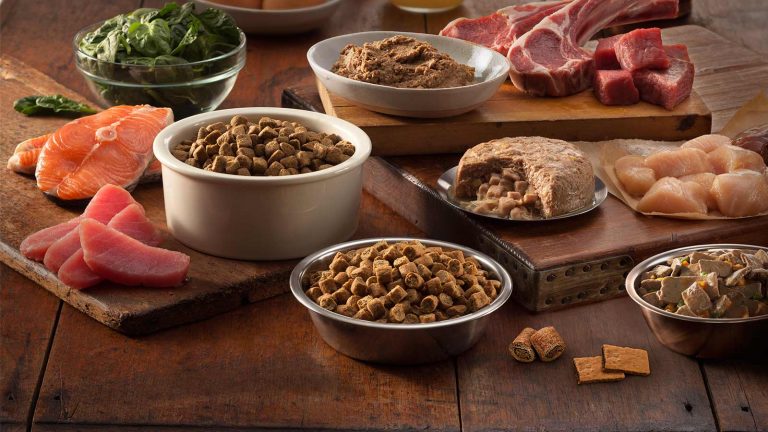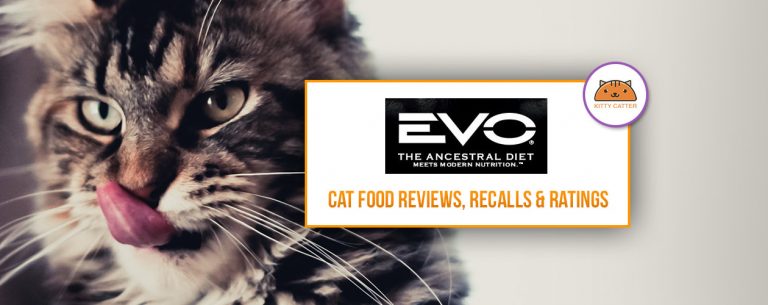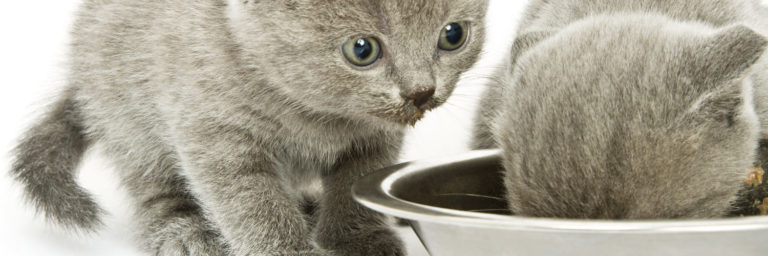Organic Cat Food: Is it really Organic?
Contents of Article
“Organic” always sounds so nice, but many people don’t know much about what it means or how organic food is raised. Should you be feeding your cat organic cat food? Is it better for him? Does it make a difference?
Pros and cons of organic
Organic foods are gaining in popularity but they still make up only a small segment of the agricultural world. They are a niche market for humans and for pets. Since organic foods are grown without pesticides and other chemicals, on small farms, they are often very labor-intensive. Weeding vegetables may be done by hand instead of using weed killer, for instance. Any products that require more labor will cost more money at the store. Organic farmers also tend to produce smaller crops since they are not using the commercial methods that larger farms use. This also contributes to the higher cost of organic foods.
On the plus side, organic foods – both animals and produce – are raised without chemicals, hormones, and some of the other soil additives that conventional farmers use. For example, organic farmers cannot use synthetic fertilizers. However, this means that crop yields for organic foods tend to be smaller. Without chemical wormers, pigs and other animals can carry a heavy parasite load. There are some herbal methods to try to control parasites, but they are not as effective as wormers like ivermectin. If you visit message boards for organic farmers, you will find discussions about how to try to control parasites in their farm animals without using chemicals.
Regulations for organic foods prevent producers from using artificial sweeteners, artificial preservatives, and other additives that are often added to processed foods. You also don’t have to worry about residue from synthetic fertilizers and other chemicals.
Organic farming is good for the environment from the perspective that it does not add chemicals to the soil or water. Crop and pasture rotation are usually practiced – though many conventional farmers also use these methods today.
We do need to point out that nutritionally speaking, there is very little difference between organic food and food that is produced conventionally. The United States Department of Agriculture, which has been encouraging organic farming in recent years, does not claim that organic foods are safer or that they have a higher nutritional value than other foods. A review of studies conducted over a 45-year period, published in the September 4, 2012 issue of Annals of Internal Medicine, found little evidence that organic foods were superior. Researchers reviewed 17 human studies and 223 studies involving nutrient and contaminant levels in foods. There were no significant health differences between organic foods and conventionally grown foods. However, researchers do suggest that eating organic produce might lower your exposure to pesticide residues; and eating organic meats such as pork and chicken might lower your exposure to antibiotic-resistant bacteria.
We also note that the Food and Drug Administration is in the process of requiring all farmers and drug companies to lower the amount of antibiotics used in food production, so this may become less of an issue in the future.
So, organic farming can be better for the environment and it can keep added hormones and chemicals like synthetic fertilizers and antibiotics out of your food (and your pet’s food), but there is no evidence that the food produced (animal or vegetables/fruits) is any healthier than conventionally-grown food. The health benefits come from avoiding pesticide residue, weed killers, and other chemicals that can (mostly outwardly) affect food. That’s what you have to consider when you are thinking about purchasing (and paying more) for organic cat food.
Different kinds of organic
Just when you thought you knew enough about organic pet food, there is a little more to consider. “Organic” can mean different things, depending on the labeling and certification for the product.
Foods that claim to be organic have to be certified by the FDA’s National Organic Program. This program defines the term “organic” and requires that agricultural ingredients have to be produced under conditions that would meet the definition. The FDA also has standards for labeling that are based on the percentage of organic ingredients used in a product. Under the FDA’s organic program, synthetic fertilizers, sewage sludge, irradiation, and genetic engineering are not allowed to be used.
Organic certification for foods has to be earned by an entity that is accredited by the USDA. Farms can be certified to produce crops, livestock, wild crops, and processed products such as chopped carrots or other foods. Different seals indicate what kind of organic certification and approval a producer has achieved.
Depending on the percentage of organic ingredients in the food, some foods are more organic than others.
In order to be labeled 100 percent organic, raw or processed agricultural produced have to meet the following standards:
- All ingredients must be certified organic.
- Any processing aids must be organic.
- Product labels must state the name of the certifying agent on the information panel.
In order to be labeled organic, raw or processed agricultural products must meet the following standards:
- All agricultural ingredients must be certified organic, except where specified on National List.
- Non-organic ingredients allowed per National List may be used, up to a combined total of five percent of non-organic content (excluding salt and water).
- Product labels must state the name of the certifying agent on the information panel.
Organic foods in the Made-With category are multi-ingredients; they have to meet the followign standards:
- At least 70 percent of the product must be certified organic ingredients (excluding salt and water).
- Any remaining agricultural products are not required to be organically produced but must be produced without excluded methods (see page 1).
- Non-agricultural products must be specifically allowed on the National List.
- Product labels must state the name of the certifying agent on the information panel.
You can find out more about organic products and labeling on this site.
Is it really organic?
What all of this means is that a lot of pet foods will say that they are organic or list a lot of organic ingredients, but they may not be entirely organic. That’s fine. A food can still be a good food without being 100 percent organic. However, companies that are deceptive about the organic status of their foods are not so fine. If you are interested in a cat food that claims to be organic, it’s a good idea to check out their web site, including the Frequently Asked Questions and other places on the site where they discuss ingredients. They may disclose that their foods are not as organic as claimed. For example, in the FAQ of Newman’s Own Organics, we read:
What are organic foods?
Organic foods are produced without the use of herbicides, pesticides or artificial fertilizers, are not irradiated and do not contain chemical additives or preservatives. The growing of organic food is based on a system of feeding and farming that mimics natural ecosystems and maintains and replenishes nutrients in the soil. Newman’s Own® Organics food ingredients have been grown and handled according to strict organic standards that are enforced by independent third-party state or private organizations. More than 70% of all ingredients used in the formulation of all Newman’s Own® Organics foods are organic.
This is a very nice brand with good foods, but if you are expecting the food to be 100 percent organic, it is not, despite the Oregon Tilth certification. This food would likely fall in the “Made With” organic ingredients category (though they have some canned foods that are 95 percent organic).
But, wait…
There is a little more to consider. There are some good cat foods that are not organic but they use meats that are free of antibiotics and hormones. Some meats for cat food are “human grade” – at least before they are made into cat food. (Once they arrive in the pet food plant, they cannot be considered human grade by the regulatory bodies that inspect foods. No one really wants a can of cat food to be labeled “human grade” on the chance that some unsuspecting person might eat it.) These foods are not necessarily organic either, but they are very good quality.
So, organic cat food may be desirable for some reasons, but there are many other good quality cat foods that you might want to consider.
Should you buy organic cat food?
Buying organic cat food is really a personal decision. Nutritionally, it is not any better than other good quality cat foods. You may avoid some chemicals and residues in the food, but there are some good cat foods that use good quality ingredients where that is probably not an issue. Organic cat food is usually more expensive. It can also be difficult to find cat food that is 95-100 percent organic. If your cat has health issues that might make him very sensitive to some of the chemicals found in conventional farming, you might want to consider an organic cat food. Otherwise, we suggest that organic cat food is nice but not required for cats.





